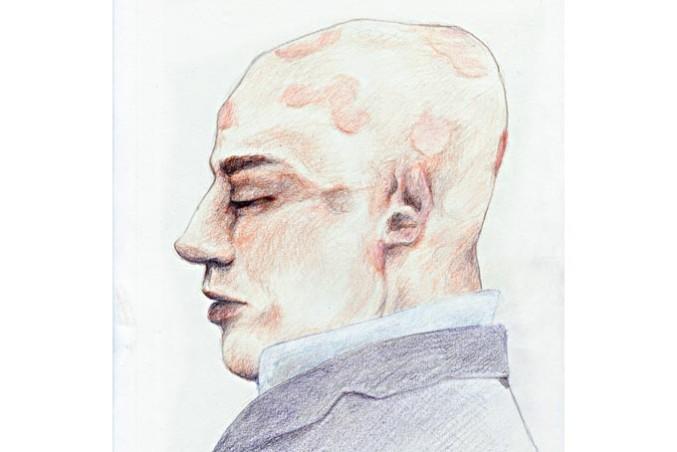By Dylan Freeman-Grist
On March 10 fire investigator Steve Probst criticized the Ontario Fire Marshal’s investigation at the scene of Ryerson student Carina Petrache’s 2010 homicide.
Probst was testifying as part of Farshad Badakhshan’s defence.
Thirty-one year old Badakhshan stands accused of murdering his then girlfriend Petrache on July 2, 2010. He is pleading he is not criminally responsible for his actions due to mental illness.
The crown has argued Badakhshan confined Petrache in a basement apartment by setting fire to its only staircase exit before proceeding to kill her.
To show their theory the Crown called upon James Gillespie, a fire investigator with the Ontario office of the Fire Marshall.
Gillespie testified that the extensive damage at the scene of the stairwell in comparison to other fire origins at the scene showed it to be the first fire lit. This being consistent with the Crown’s theory that Badakhshan went out of his way to entrap Petrache.
Probst however disagreed with Gillespie’s analysis.
“The fuel is what determines the type of damage, [in this case] time is not a relevant variable,” Probst testified.
Defence attorney Paul Burstein asked Probst to consider the testimony of witness Peter Charnya who opened the upstairs door to the stairwell shortly after fire alarms went off in the housing unit and could not recall seeing any signs of a fire.
He noted Charnya’s failure to recall a fire source was completely inconsistent with the Crown’s theory that the stairway fire was the first lit.
“If there was a fire in the stairwell … the smoke would accumulate at the top of the stairwell,” Probst testified.
Crown attorney Jennifer Stanton suggested that Probst’s opinion was compromised by the fact that he conducted the majority of his investigation through photographs, and was not able to access all pieces of evidence so long after the fires had occurred.
Stanton also noted that Probst did not inquire into the fire alarm panel on site nor did he conduct any independent chemical testing of debris on scene.
Probst agreed that while he had not observed the damages at the scene in person, conducting an investigation through photographs long after damages have been repaired was not an uncommon practice in the fire investigation industry.
“I’ve limited my comments to what I’m certain about,” Probst testified.
The trial continues.










Leave a Reply